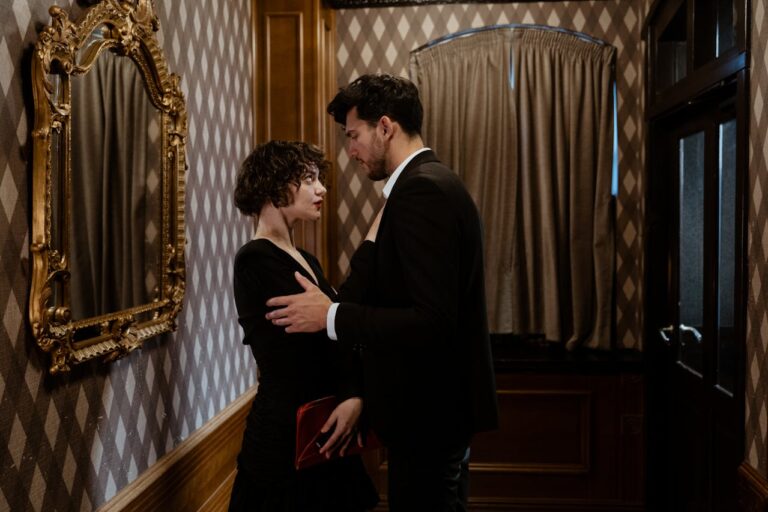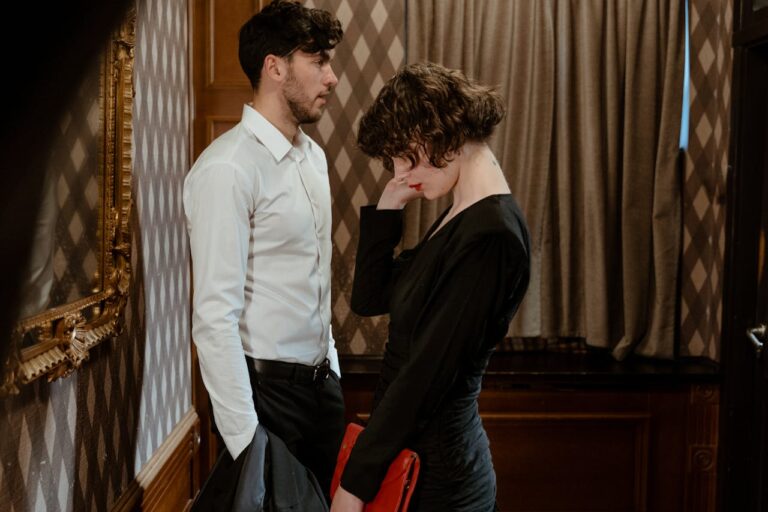
Creativity is a fundamental part of being human, often unlocked through the power of introspection. It allows us to solve problems and come up with ideas that are new and innovative.
It’s this ability that has allowed us, as a species, and thrive in an ever-changing world.
For a long time, people have debated whether individuals or groups are more creative. Some argue that solitude provides the perfect environment for quiet reflection to shape our destinies and the freedom to experiment, while others believe that collaboration is the key to unlocking new and innovative ideas.
But which approach is truly the best for promoting creativity? Are people more creative alone or together?
Working alone can allow for greater concentration, more freedom from distraction and constraints, and the opportunity to consider new perspectives. On the other hand, working in a group can facilitate the exchange of ideas and perspectives, leading to new insights and a more diverse range of solutions.
The answer, as with many things in life, is not black and white. Both approaches have their benefits and drawbacks, so it’s important to strike a balance between them, often by taking personal time to reflect and rejuvenate.
In order to better understand the role of each approach, let’s take a look at some of their key definitions and differences.
Key Takeaways
- Creativity is essential for human evolution and problem-solving, and there’s an ongoing debate about whether it flourishes more in solitude or in groups.
- Working alone offers concentration, freedom from distractions, and the chance to explore new perspectives. However, it can also lead to isolation and a lack of diverse viewpoints.
- Group creativity promotes the exchange of ideas, benefits from diverse perspectives, and offers social support. Yet, it can be hampered by group dynamics, be time-consuming, and sometimes lead to groupthink.
- Individual creativity is about personal vision and using one’s own resources, influenced by personal experiences and values. It allows for unique outputs and personal growth but can suffer from a lack of diverse perspectives.
- Group creativity is a collaborative approach that draws from a wider range of perspectives. It often results in more innovative outcomes due to the combined skills and experiences of the group members. However, managing group dynamics and avoiding groupthink can be challenging.
What is individual vs group creativity?
While individual creativity is linked to finding peace in solitude in order to attain a unique perspective, and the ability to think outside the box and challenge assumptions, group creativity is more about sharing ideas, analyzing them together, and reaching a consensus.
Here is a more detailed breakdown of the two approaches:
Individual Creativity

Individual creativity is the act of creating something new by yourself, requiring one to stay strong when alone and trust their instincts.
It’s about having a vision for what you want to achieve and then working towards it with your own skills, knowledge, and resources.
You don’t need anyone else’s help or input in order to create something original. This personal approach is influenced by the person’s personality, life experiences, and values.
Whether it’s going for a run to clear your mind or eating alone to give yourself space to think.
Individual creativity has the following advantages:
Pros:
- Increased focus and solitude: You can create without distractions, which helps you keep your mind calm to get into the zone and focus on your work.
- No constraints from group dynamics: You’re free to make decisions without having to consider the opinions or needs of other people.
- Freedom to experiment: You’re not limited by the rules of a group or the expectations of others.
- Increased ownership and control: You’re the one who has to live with your creative decisions, which means you’re more likely to take responsibility for them and make sure they’re good ones.
- Uniqueness and originality: There are no other people to compete with, so you can do whatever you want and be as original as you like.
- Personal growth and development: The more you experiment and take risks, the more you’ll grow as a creative professional.
However, individual creativity also has its disadvantages:
Cons:
- Lack of diverse perspectives: You don’t have other people around you to challenge your ideas, which means there’s a greater risk of getting into a rut and making bad decisions.
- Isolation: Working alone and being alone with your thoughts can be dangerous, in general, can lead to loneliness, which can make it harder to stay motivated.
- Difficulty in implementing large-scale projects: It can be hard to bring your ideas to life if you don’t have the proper resources or team of people around you.
Group Creativity

Group creativity is a collaborative approach to creating something new. It involves working with other people, sharing ideas and opinions, and combining these elements into something that’s bigger than any one person could have done on their own.
The result is usually more innovative than individual creativity because it draws from a wider range of perspectives, skills, knowledge, and experiences. This approach is influenced by the people involved, their personal and professional relationships, and the dynamics of group interaction.
Group creativity has the following advantages:
Pros:
- Exchange of ideas and perspectives: The more people are involved, the more ideas there are to consider.
- Social support and motivation: When people feel supported by others, they’re more likely to be motivated and engaged in their work.
- Collaboration and teamwork: Collaboration and teamwork help people work together effectively and efficiently.
- Better decision-making and problem-solving skills: Groups tend to make better decisions than individuals because they can pool their knowledge and expertise.
- Enhanced knowledge and resources: Groups often have access to a wider range of knowledge, experience, and resources than individuals do.
However, group creativity also has its disadvantages:
Cons:
- Managing group dynamics: It can be more challenging to manage the dynamics of a group than it is to manage an individual.
- Time-consuming: Group projects often take longer to complete than individual projects, because each member must contribute their part. More people means more opinions and room for procrastination, which can lead to a longer project timeline.
- Groupthink: When the members of a group all share the same point of view, or when they’re unwilling to challenge each other’s opinions, it can lead to groupthink. This phenomenon happens when a group makes poor decisions because its members are too concerned with maintaining harmony and conformity within their group.
It’s important to note that even creative people alone have limitations, and collaboration can often lead to more profound insights.
The most successful artists, writers, inventors, and other creators are those who surround themselves with other people who are smarter than they are in certain areas.
Nonetheless, both individual and group creativity are important and can complement each other. For example, individual creativity can lay the foundation for group creativity, and group creativity can build on and enhance individual creativity.
This can be seen in the way that individuals come up with ideas and do research, which they then share with their team members. This sharing helps to build on the original idea and develop it further.
Feeling overwhelmed? Here are some places to go alone to clear your head and reignite your creativity.
Conclusion
The most effective approach to fostering creativity will depend on the situation, the individual, and other factors. Some creative people like to be alone, finding solitude conducive to their process, while others may thrive in a collaborative environment—but whatever your preferences and needs are, it’s important to cultivate an environment that supports them.








